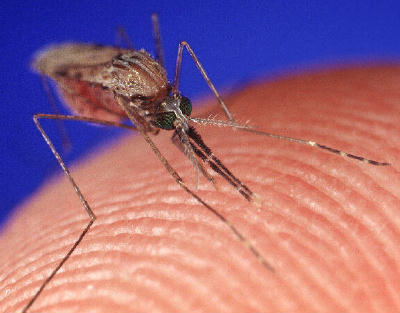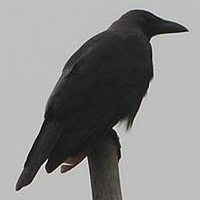We generally think of bugs as a minor annoyance: They spoil our picnics and leave us with red, itchy reminders of their presence. But at least one insect, the mosquito, has a more sinister side. It can transmit dangerous diseases such as malaria and West Nile virus.
 Photo courtesy Centers for Disease Control & Prevention, photographer Jim Gathany Female mosquito (Anopheles gambiae) feeding |
Although West Nile has been a problem on a global scale since at least the 1930s, it first arrived in the United States less than a decade ago. Since the first reported U.S. case in 1999, it has infected thousands and stirred up warnings and educational campaigns to alert the public to the growing threat. But is the threat of West Nile as serious as the hype suggests?
 Courtesy Centers for Disease Control 2004 West Nile virus activity in the United States |
Related Articles |
In this article, we'll find out how the mosquito transmits West Nile virus, learn the real risks of getting infected and see how health care officials are working to combat the spread of the disease.
Advertisement





